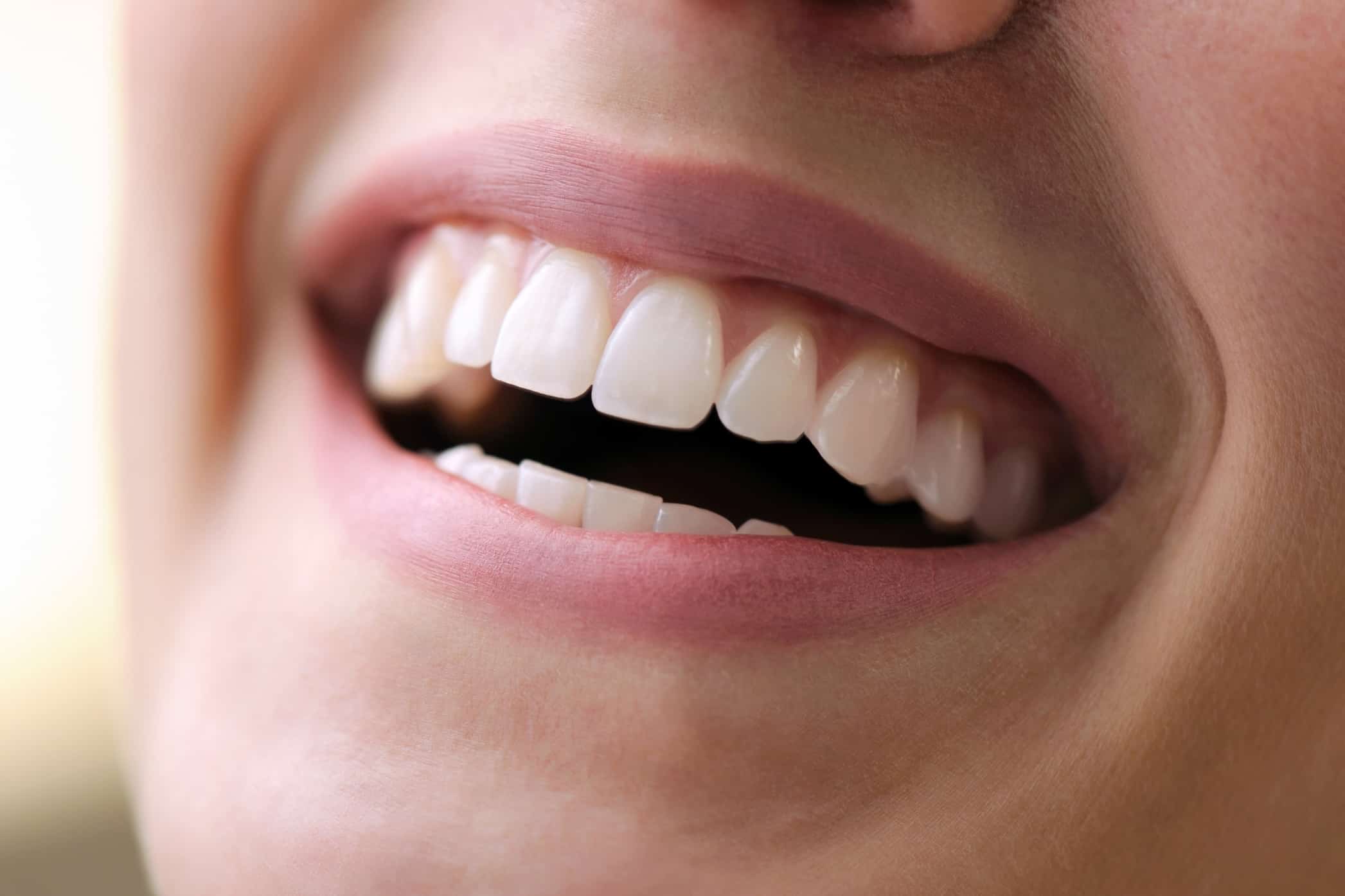
WHAT TO KNOW BEFORE YOU GET DENTAL VENEERS?
FOR DR.ROZE BIOHEALTH CLINICS | 27.05.2022
Dental veneers are thin, tooth-colored shells that are attached to the front surface of teeth to improve their appearance. They’re often made from porcelain or resin-composite materials and are permanently bonded to your teeth.
Veneers can be used to treat a number of different cosmetic concerns, including chipped, broken, discolored, or smaller-than-average teeth.
Some people may only get one veneer in the case of a broken or chipped tooth, but many get between six to eight veneers in order to create an even, symmetrical smile. The top front eight teeth are the most commonly applied veneers.
1/- Porcelain veneers or Composite veneers?
Veneers come in several colors and materials, but whichever material you opt for, veneers are designed to be thin, stain-resistant, and durable enough to withstand the natural wear and tear your teeth go through daily.
There are two main types of veneer materials that we do in the clinic. Each with its own set of pros and cons.
- Ceramic and Feldspathic Porcelain Veneers
These two are the most popular veneers materials that we used in the clinic and are generally considered an excellent choice for our patients due to their:
- Natural appearance
- Ability to mimic your natural teeth
- Durability
- Resistance to staining
Keep in Mind: These veneers may be extremely durable and natural-looking, but they are also more expensive and require a special polishing paste. Also, if they break, they cannot be repaired and will require a replacement. Ceramic and porcelain veneers can take longer to create than other types. You may also experience some tooth sensitivity for a few days after the treatment, but this is temporary.
- Composite Veneers
Composite veneers are favoured by some patients because of their cost-effectiveness. They can also usually be placed in just one treatment, reducing your need for numerous dental visits. Some of the other advantages of this type of veneer include:
- They require less tooth preparation as compared to other veneers
- The cost is typically half that of porcelain veneers
- High-quality composite veneers can look natural
Keep in mind: Composite veneers may be more affordable, but they’re also more likely to stain, break, or chip. Unlike porcelain and ceramic veneers, composite veneers have a lifespan of approximately 5 years.
2/- How do you know which type of veneer is best for you?
You’ll want to consider several factors:
- cost
- length of time of the installation process
- appearance of the veneers
- longevity of the veneers
- your dentist’s recommendations
3/- How much do veneers cost?
Veneers aren’t often covered by insurance because they’re considered a cosmetic procedure. In general, they are more expensive than composite veneers which last between 5 to 7 years. In the long term, traditional veneers are often the most cost-effective option.
Do not hesitate to contact us to get an accurate treatment plan meeting your expectations and protects your oral health.
4/- Can you remove them?
The process of removing composite veneer is minimally invasive and can be removed in the future returning the tooth to its original shape. This makes it an ideal for younger patients and unsure about committing to porcelain veneers.
On the other hand, porcelain veneers cannot be removed. As the teeth have been prepped and reshaped. The only time in which porcelain veneers should be removed is when they are being replaced with the new set of veneers.
5/- What are the benefits of dental veneers?
The biggest benefit to veneers is improving the appearance of your teeth, giving you a brighter and more even smile. Dental veneers are often used to treat the following cosmetic occurrences:
- Broken or chipped teeth
- Severe discoloration or uneven colouring that can’t be fixed with whitening
- Gaps in the teeth
- Smaller-than-average teeth
- Pointed or unusually shaped teeth Veneers can last for more than a decade, depending on the type of veneer you choose, making them a semi permanent investment that can make you more confident in your smile.
6/- Are there any risks?
There are a few risks involved in both options. As for composite veneers, since it is made up of resin, they are more likely to chip, and you have to be more careful when applying pressure to them.
And also, if the technique is not followed correctly or too little adhesive has been applied. There is a tendency that resin may separate from your natural tooth. However, this should not happen when you do your treatment with an experienced cosmetic dentist.
Porcelain can also fall or chip for the same reasons. An added risk comes from the process of shaving down the enamel of the teeth-increased sensitivity. This should dissipate after some time; residual sensitivity might linger.
7/- How to prepare for your appointment?
- Before you get your veneers, you’ll have a preliminary appointment with our specialist in cosmetic dentistry to discuss which options are right for you and how many veneers you want to have placed.
- In some cases, if teeth are crooked or uneven, you may need to have braces before your cosmetic dentist can place the veneers.
- Our specialist will take X-rays at this stage to evaluate the health of your teeth. We will look for signs of tooth decay, gum disease, or the need for root canals. If you have any of these conditions, you may not be a candidate for veneers.
- To get accurate sizing for your veneers, at the next appointment, our specialist trims down about half of a millimetre of your tooth (they remove the enamel using a grinding tool) before they take a mold (impression) of your teeth.
- This mold is then sent off to the lab to create your veneers
8/- How are veneers put on the teeth?
- It typically takes between few days after your dentist creates your mold to get your veneers back from our lab.
- Once your veneers are in, you can schedule an appointment to have them placed. At this appointment, our specialist evaluates the fit, shape, and coloration of the veneers to make sure they’re perfect for you.
- Next, your dentist thoroughly cleans your teeth. This is important, as it keeps bacteria from being trapped under the veneer and causing decay.
- After this, a rougher texture on each tooth is created with a slight grinding, on which a veneer is to be applied.
- Your dentist then uses dental cement to bond the veneer to the tooth. He will use a special light to harden this cement quickly. This second appointment (where veneers are placed) typically doesn’t last longer than 2 hours. But it might vary depending on the number of veneers being done and if a local anaesthetic is used.
9/- How to take care of your veneers after they’re placed?
Unlike other dental procedures, the recovery process doesn’t take an extended amount of time. Instead, once the veneers are cemented on, and any anaesthetics wear off, you can eat and chew as you normally would. While the anaesthetic is wearing off, be conscious of not chewing on your cheeks or tongue.
In some cases, immediately after the veneers are applied, you may notice that they feel a little rough. These rough spots (usually from extra cement that can adhere to the veneer) wear down after several days of normal eating and teeth brushing. If they don’t, your dentist can smooth them out. Traditional porcelain veneers typically last at least 10 years (and some research suggests that they can sometimes last as long as 20 years, and no-prep veneers last around 5 to 7 years.
Taking certain precautions can help make sure that you get the longest lifespan out of them possible. These precautions include:
- Don’t chew on hard objects like pens, ice, or your fingernails
- Never use your teeth to open the packaging.
- Try not to chew with your front teeth. Eat harder foods with your back teeth only; cut up hard foods so that this is possible.
- If you grind or clench your teeth at night, get a splint or retainer to protect your veneers.
- If you play sports, you should wear a mouthguard.
- If you grind or clench your teeth, you should get a mouth guard or retainer
10/- What is the difference between veneers, crowns and implants?
- Veneers aren’t the same as dental implantsor crowns. Veneers cover only the front surface of the tooth, while crowns encase the entire tooth. Veneers are also thinner than crowns: about 1 mm, compared to 2 mm.
- Veneers are less invasive, too. If you need a crown, your dentist will have to file or ground down more of your tooth to prepare it for the crown than would be necessary for the application of a veneer.
- Meanwhile, an implant is installed in the bone to replace a missing tooth, and a crown is placed on top of that. It can take several months after the implant is placed for the area around it to heal enough for the replacement tooth to be placed on top.
Dental veneers are a long-term solution to any cosmetic tooth problem. It is advised to do your research and make sure that you do your treatment with a highly skilled cosmetic dentist.
Feel free to contact our team at Dr. Roze Biohealth clinics to find out more. We’re here to answer any questions you may have and take the steps needed to restore your smile.
SUBSCRIBE TO OUR NEWSLETTER
You have undeniably aware of the importance of preserving your health and the essence of a body and mind balance. The growing emphasis on well-being, organic foods and our energies are hot topics in today’s health field. Let us help you keep up-to-date with news from doctors, patients, nurses and nutrition, sports and lifestyle specialists.

